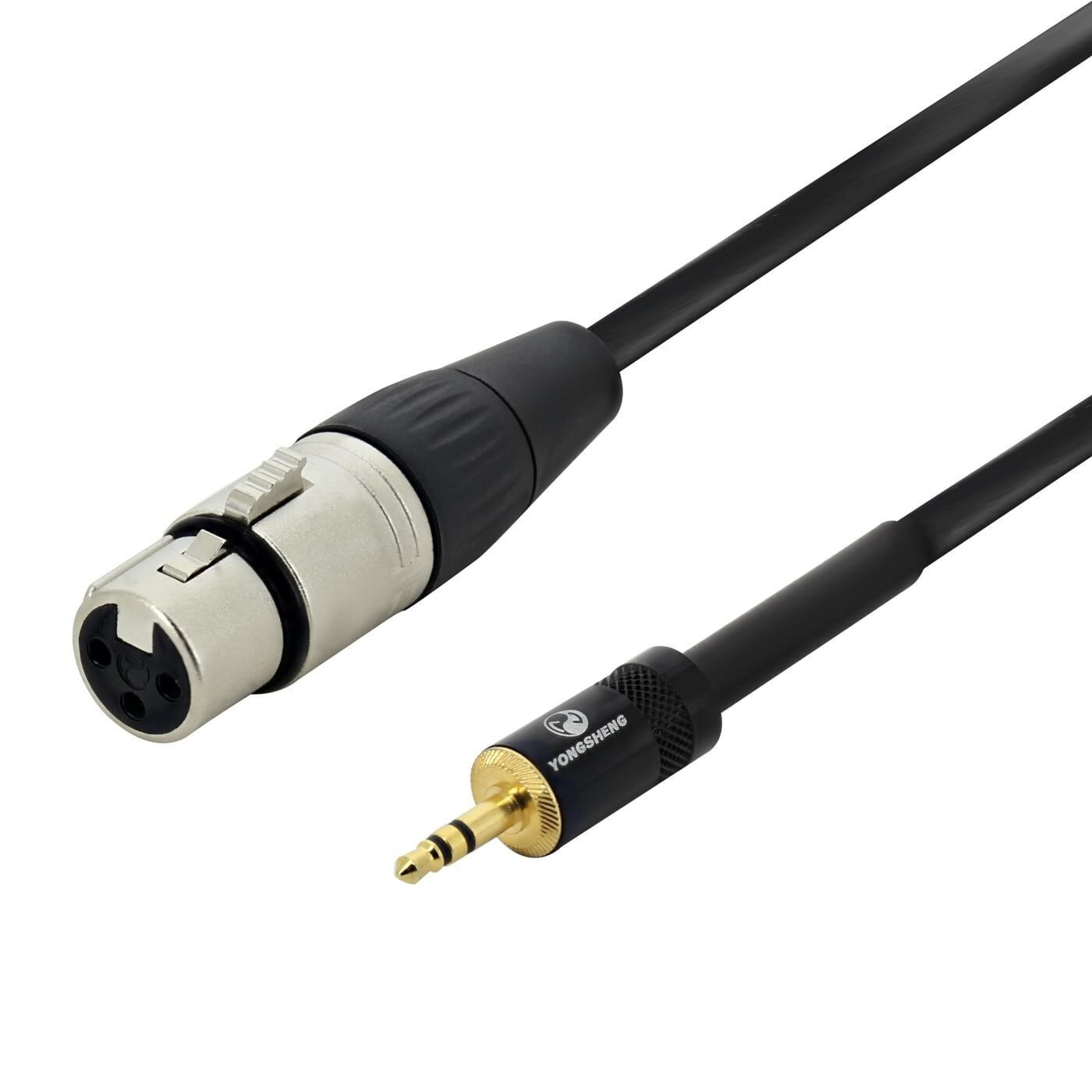
- USB 2 VS USB 3 MIC CABLE DRIVERS
- USB 2 VS USB 3 MIC CABLE PC
- USB 2 VS USB 3 MIC CABLE DOWNLOAD
- USB 2 VS USB 3 MIC CABLE WINDOWS
The TT replies with a special NYET token is the TT is still busy communicating at 12 Mbit/sec, or the NAK or DATA from your keyboard.
USB 2 VS USB 3 MIC CABLE PC
While this is in progress, your PC begins sending CSPLIT (Complete Split Transaction) messages to the hub's TT. The TT inside the hub receives either the NAK or DATA response. It does exactly the same thing as if connected to your PC. Your MIDI keyboard can not tell if the IN token came directly from your PC or from a hub's TT. Meanwhile, your PC is able to communicate with other devices at 480 Mbit/sec. Then the TT transmits the IN token to your MIDI keyboard at the slower 12 MBit/sec speed. If the TT is not busy, it sends an acknowledgement. First, SSPLIT (Start Split Transaction) message is sent to the TT. Your PC actually communicates with the Transaction Translator in the hub. However, when your 12 MBit/sec MIDI device connects through a USB 2.0 HUB, very different communication occurs, all at 480 MBit/sec. Your PC sends those IN tokens very rapidly, so the result is nearly instantaneous delivery of your musical events as MIDI messages. Your instrument can respond to the IN token in two ways, either a DATA packet, or a NAK token to indicate no data. When your PC connects directly, it sends a message called an IN token to your instrument. Normally when you play those musical instruments, their controllers generate MIDI messages and pack then into memory buffers, which await the moment your PC requests the data.
USB 2 VS USB 3 MIC CABLE DOWNLOAD
The details are complex, and fully documented in chapter 11 of the USB specification, which is a free download from But in a nutshell, the TT converts between 480 MBit/sec from your PC to the slower 12 or 1.5 MBit/sec speeds. I am not aware of any simple way to check on Macintosh, except the "USB Prober" utility which Apple publishes in their Xcode development tools. On Linux, the hub type can be checked with "lsusb -v | grep TT". Look for the words "Hub has multiple TTs" in the Advanced tab.

USB 2 VS USB 3 MIC CABLE WINDOWS
You can check if your hub has this feature using the Windows Device Manager. Sadly, most people have probably never even heard TTs, which is probably why marketers don't bother to tell you which design their hubs use. The good Multiple TT ones are rarely advertised as having this feature, not even marked on the package. Most hubs use a cheaper Single-TT design. Unfortunately, this important technical detail is rarely mentioned. Search for "Multi-TT" on Amazon, Newegg or other sites to find these hubs. The short answer is you really want a Multi-TT hub for this application, where 2 or more of your USB devices are likely 12 Mbit/sec.
USB 2 VS USB 3 MIC CABLE DRIVERS
You most likely already know, but for latency issues, ASIO4ALL drivers will cure most if not all potential issues. With a powered hub, each device will get the power it needs, while with an unpowered hub, all devices share whatever power the host USB port can put out. which you would not want to share a hub with anything else. This would be compared to something like a USB sound card. I'd expect that the MIDI drums will be considered a low transfer rate, while the keyboard will either be a low or medium transfer rate. What you REALLY need to do is look at the expected data transfer rates of the devices you intend to connect. So, don't think you can just plug two hubs into USB ports that are side-by-side, and have LOTS of USB ports to plug high data transfer rate devices into. This also applies with two ports side by side on laptops. In most cases, when you see two USB ports stacked one on top of the other, they are on a hub together internally. Yes, not every port is an individual entity. What do I mean by that? Well, your computer has USB hubs built into it.


You've got 480 Mbit/s to work with per USB 2.0 hub at the computer. All devices connected through a USB hub share the bandwidth available to that hub.


 0 kommentar(er)
0 kommentar(er)
